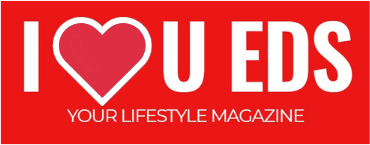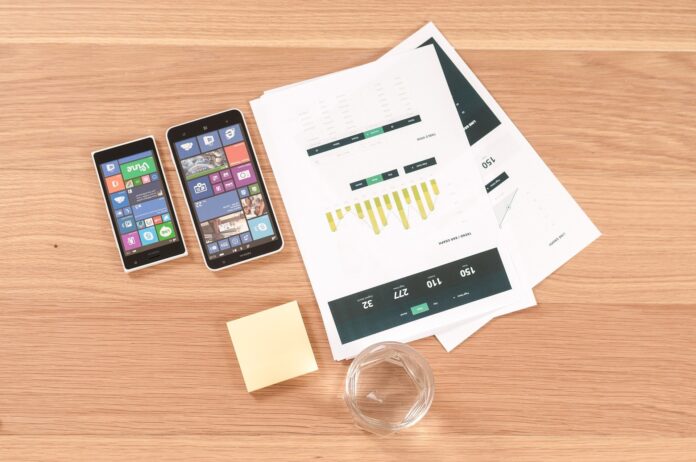So, you have got your mobile app ready on the respective app stores like Google Play Store & Apple App Store? Not many app users downloading your application as per the expectation.
Have you considered the visual element of the application? If not, then how would you motivate users to click on the install button of your app?
Screenshots play a huge mobile app marketing role. They are the best visual support of your application to gain maximum traction. You can create compelling, engaging, and persuasive screenshots on the respective app stores that witness maximum downloads.
It is important for a professional mobile app marketing agency in India to break down some elements of App Store Optimization. The primary reason is to maximize the conversion rates on different app stores like Google Play Store and Apple App Store.
Here in this blog, we will be counting on creative assets of the application using the following ways:
- Maximum emphasis on screenshots designs
- Testing
- Strategizing
Different Elements of App Screenshots Designs
-
Overall Layout
At first, users on the app store explore the screenshots to have a gist of its layout, features, and functionalities. So, you need to design the screenshots effectively while maintaining fluidity in mind. And, do take care of lowering down the abandoned rate as well.
There are three ways of designing the layout of mobile app screenshots for different app stores.
- Cut the screenshot image in half that allows users to swipe or scroll down to look at the rest of the information. Doing this will help to catch the user’s attention and increase the time spending on the app store.
- Cut the images in portrait style. It helps to create more screenshots from the one itself and appear floating on the white space to catch the user’s attention.
- Include the User Interface (UI) background in the screenshot to let users have a complete idea of the app’s layout.
-
USPs
Another way to maximize the app’s conversion is by including USP in your screenshots. Remember the fact that each screenshot should be having a unique USP that really sells the app value.
The creation of USPs should be different from your competitors and that best define your products/services. Simply include them in the design element in any way that leads to a higher conversion rate.
Also, note the fact that the first three frontloaded screenshots should have a USP on each screenshot. It is because 30% of the users do not scroll down below 3-4 screenshots on the app store.
-
CTAs
Do include Call to Action (CTA) at the end of the screenshot and prevent destroying the design layout by placing it in the middle. CTA should be clear, short, and crisp that allows users to click on the download button.
-
Readability
Pay special attention to the fonts of text in the screenshots that should be big, bold, and matching your brand characteristic. Readability contributes much to the success of maximum app download. There is a running trend of big size text and fewer words to make the overall process goes simple.
Also, keep in mind the hierarchy of the screenshots on the app store. It should create a flow for users to better understand the features and USP of the application after reaching the big and bold text.
Bring more contrast to the text by adding bright shades and get easy attention from users of all types.
-
Testing
Give special concern to the A/B testing app pages and app store listings. For Google Play Store, you can make the best use of a free platform like Google Play Experiments to test but come up with a limited scale of options.
There are also options of paid solutions for A/B testing like Spillmetrics and Storemaven. The latter is the most expensive one. However, it offers a unique set of testing features including video view rates, engagement breakdown, audience segmentation, etc.
No matter, whichever free or paid testing tool you utilize, check the visual assets including text, screenshots, and videos. It is advisable to test only one element at a time and only one chance to avoid any confusion.
-
Strategy
No matter, you think everything was good and at its place related to your app on the app store. Something that looks good does not have to relevant all the time. So, strategize your way of app store optimization and conversion only after getting actual evidence and A/B testing.
After that only work on the core creative strategies of your mobile application and take things forward accordingly.
Conclusion
Make the best use of creative elements of the mobile application on the respective app store to drive more conversion. Avail the profitable mobile app marketing services of a company that allows the above scalable method of using creating elements.





